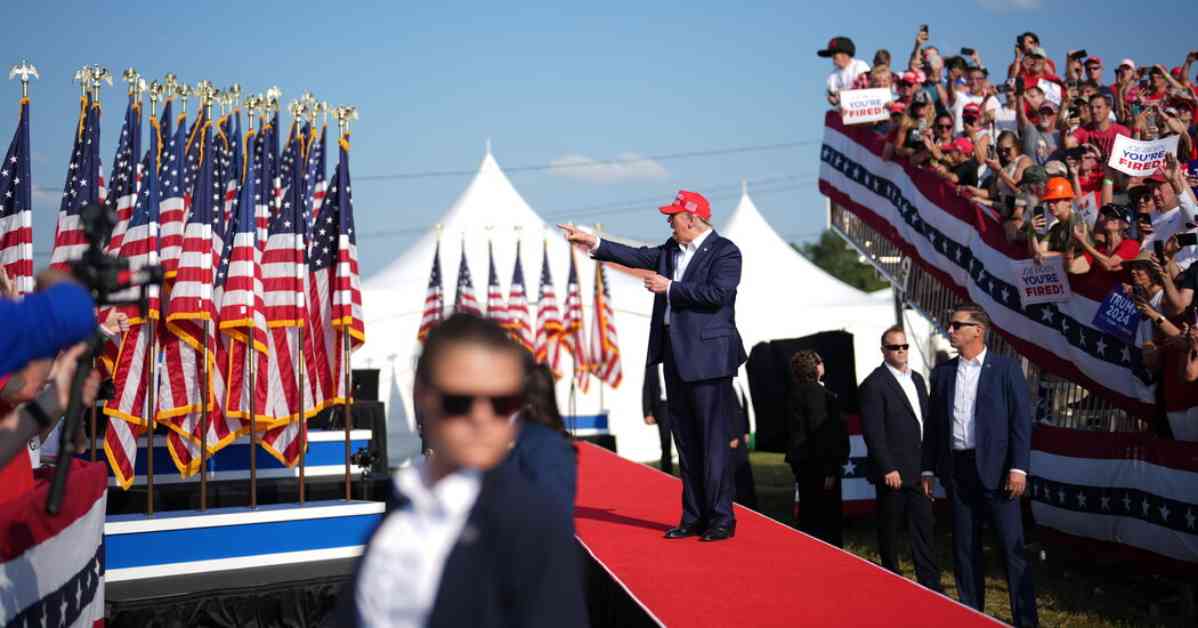An hour before a gunman almost assassinated former President Donald J. Trump, law enforcement in Butler, Pa., was close to catching a suspicious man. Among the crowd at a campaign rally, officers noticed a young man acting strangely and informed other law enforcement, including the Secret Service. The man, identified later as Thomas Matthew Crooks, did not seem to be armed. However, the authorities lost track of him before the shooting occurred.
Just twenty minutes before the attack, a sniper managed to take a picture of Mr. Crooks from a distance. Despite efforts to locate him, with local officers being redirected from traffic duty to search, the Secret Service did not intervene to prevent Mr. Trump from taking the stage. Within eight minutes of Mr. Trump’s speech, Mr. Crooks fired shots that injured the former president and killed a rally attendee.
The incident raises questions about the effectiveness of security measures and coordination between different law enforcement agencies. It also highlights the challenges of identifying and apprehending potential threats in crowded public events, where individuals with malicious intent can easily blend in with the crowd.
In situations like these, where high-profile figures are at risk, it is crucial for security protocols to be meticulously followed and for communication between law enforcement agencies to be seamless. The failure to prevent the gunman from getting close to Mr. Trump underscores the need for continuous evaluation and improvement of security procedures to prevent similar incidents in the future.
The incident serves as a reminder of the constant threat posed by individuals seeking to cause harm to public figures and the importance of remaining vigilant and proactive in addressing such threats. It also emphasizes the bravery and quick thinking of law enforcement officers who work tirelessly to ensure the safety of those they are tasked to protect.
As investigations into the incident continue, it is essential for authorities to analyze the blind spots and lost trails that allowed the gunman to get close to Mr. Trump. By learning from this incident and implementing necessary changes, law enforcement agencies can better prepare for and respond to potential security threats in the future.




